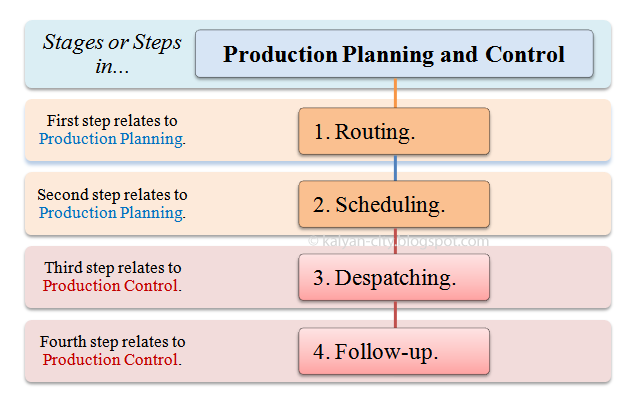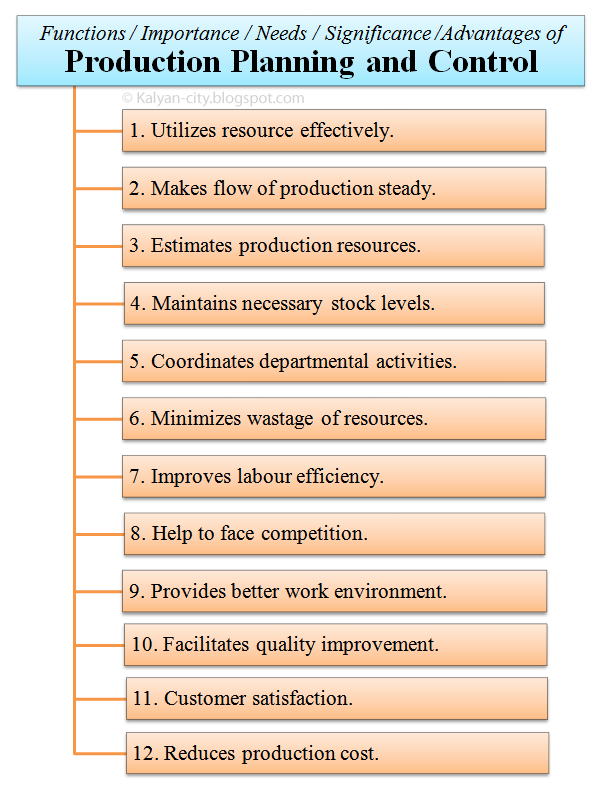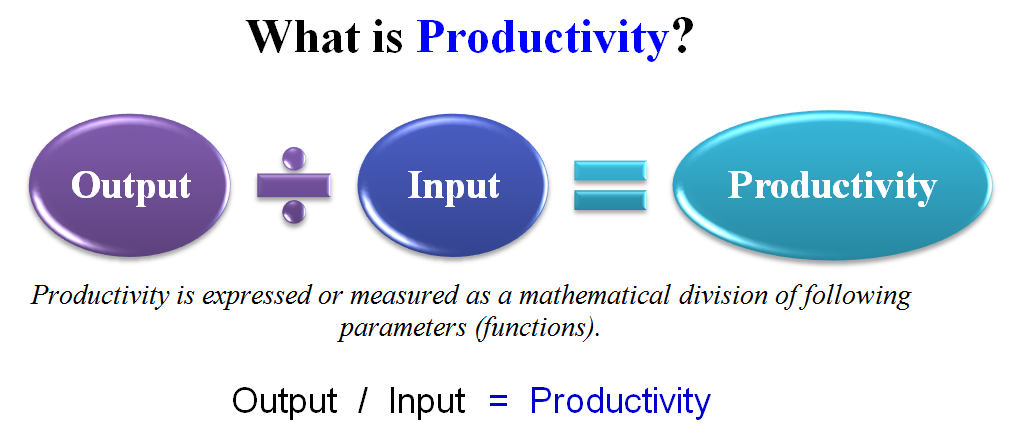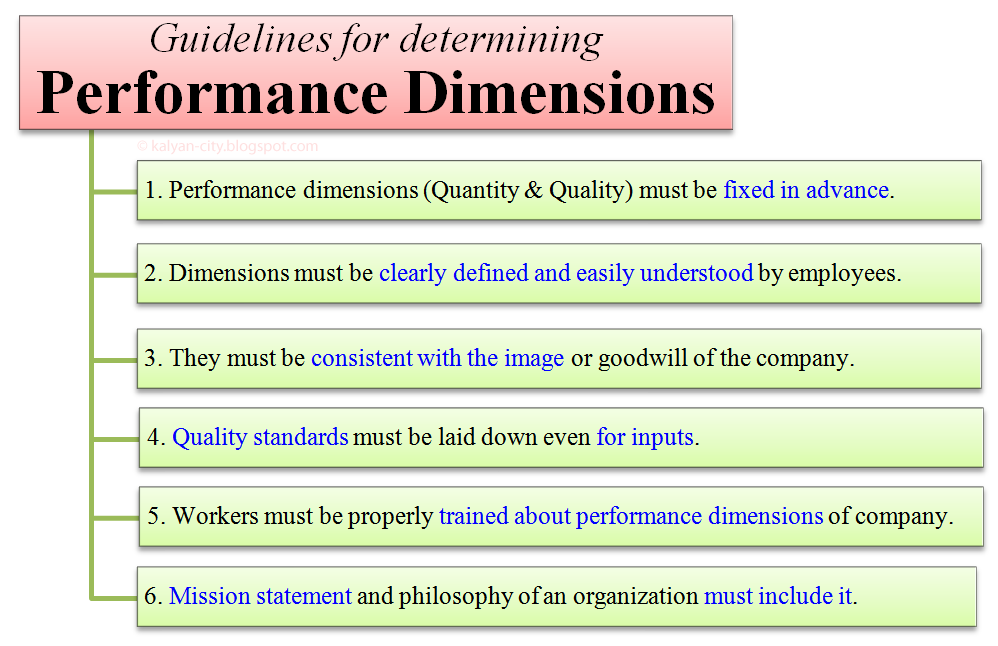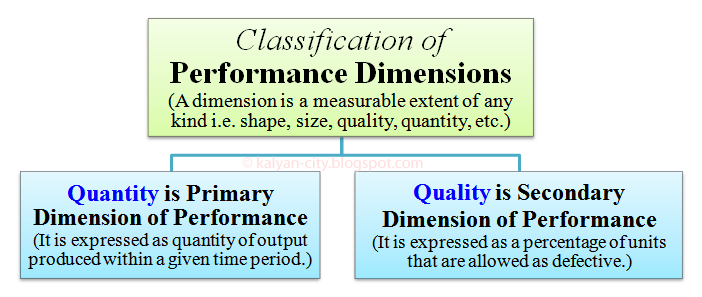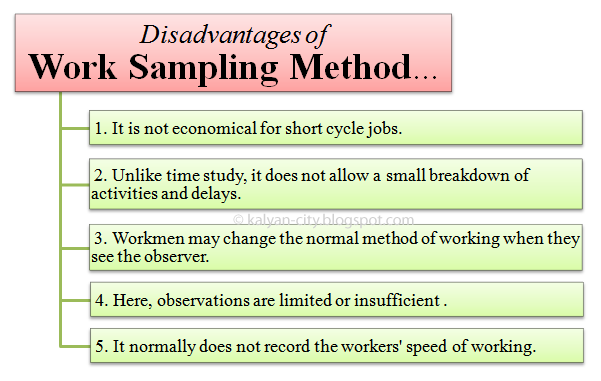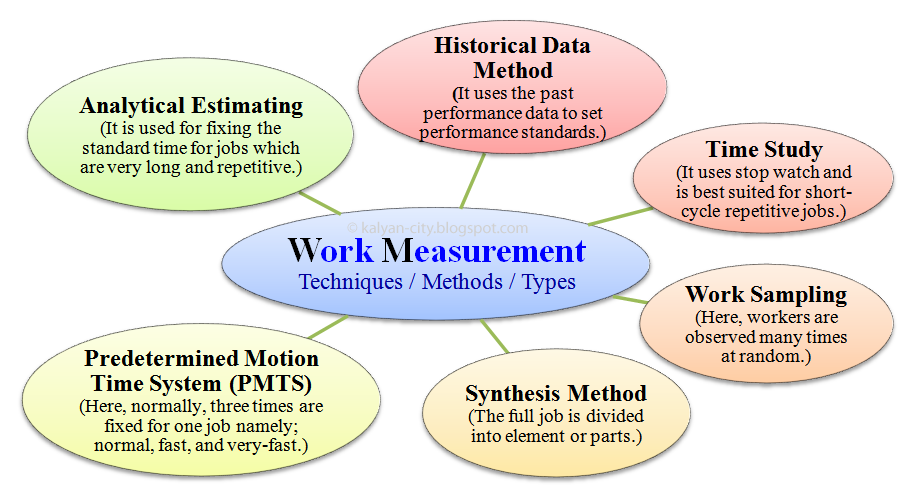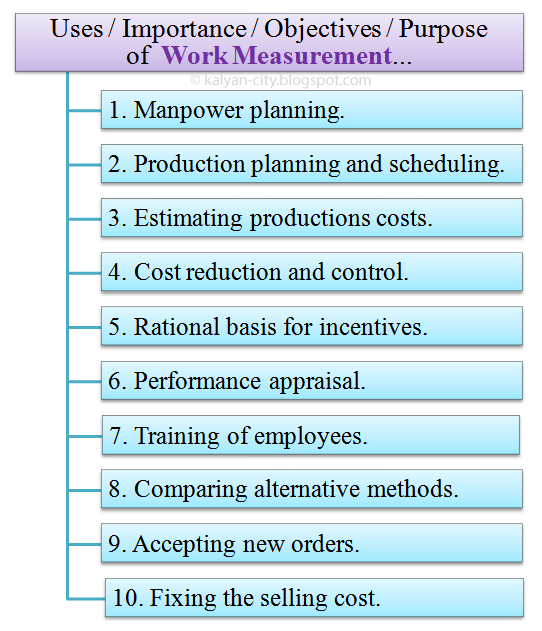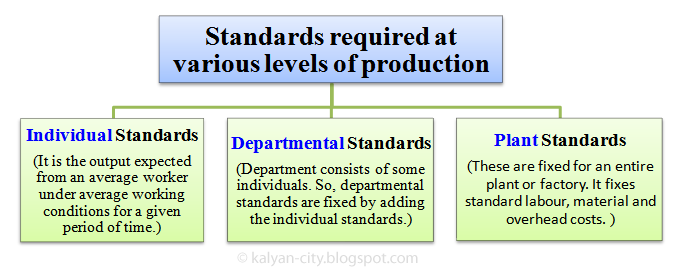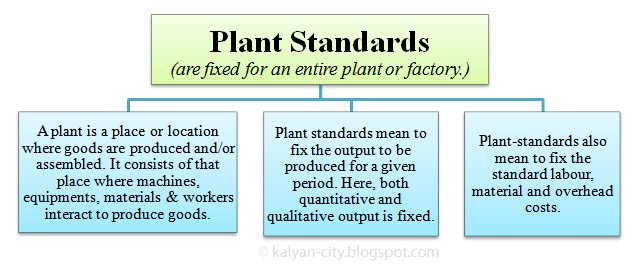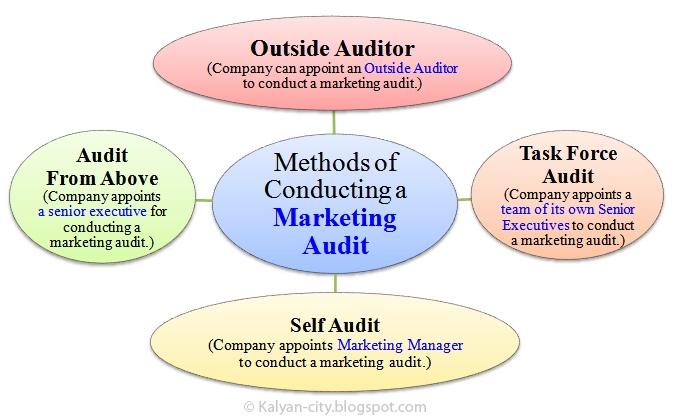Steps or Procedure of Routing in Production
Following image depicts main steps or procedure of routing in production.
Following important steps are involved in the procedure of routing:
- Product analysis determines what to manufacture and purchase.
- Product-analysis is done again to determine materials required for production.
- Fix the manufacturing operations and their sequences.
- Decide the number of units to be manufactured in a batch (lot).
- Estimate the margin of scarp in each lot of production.
- Analyze the production cost.
- Prepare production control forms for effective routing.
- Prepare a separate route-sheet for each order.
Now let's discuss above steps in routing.
1. Product analysis
Product analysis is the first step in the routing procedure. This is done to find out what parts (goods) should be manufactured and what parts should be purchased. This depends mainly on the relative cost. It also depends on other factors such as technical consideration, purchase policies, availability of personnel, availability of equipment, etc. Generally, during less-busy periods; most of the parts are manufactured in the factory. However, during the busy period, many parts are purchased from outside.
2. Determine required materials
Product-analysis is done again to find out what materials are required for production and their quantity and quality.
3. Fix manufacturing operations
The next step in the routing procedure is to fix (decide) the manufacturing operations and their sequences. The detailed production procedure is then scheduled (planned). Information required for this is derived from technical experience and by analyzing the machine capacity.
4. Determine size of batch
The number of units to be manufactured in any one lot (group or batch) should be decided. This is done concerning customers' orders. Necessary provision should also be made for rejections during the production process.
5. Estimate margin of scrap
The amount of scrap in each lot, should be estimated. Generally, a scrap margin is between 2% to 5% of production.
6. Analyze the production cost
Estimating the cost of manufactured goods is actually the function of costing department. However, the routing section provides necessary data to the costing department that enables it to analyze the production cost.
7. Prepare production control forms
Production Control forms such as Job Cards, Inspection Cards, Tool Tickets, etc. should be prepared. These forms should contain complete information for effective routing.
8. Prepare route sheet
Route sheet is prepared on a production control form. It shows the part number, description of the part and the materials required. It is prepared by a route clerk. Separate route-sheet is required for each part of a customer's order.

